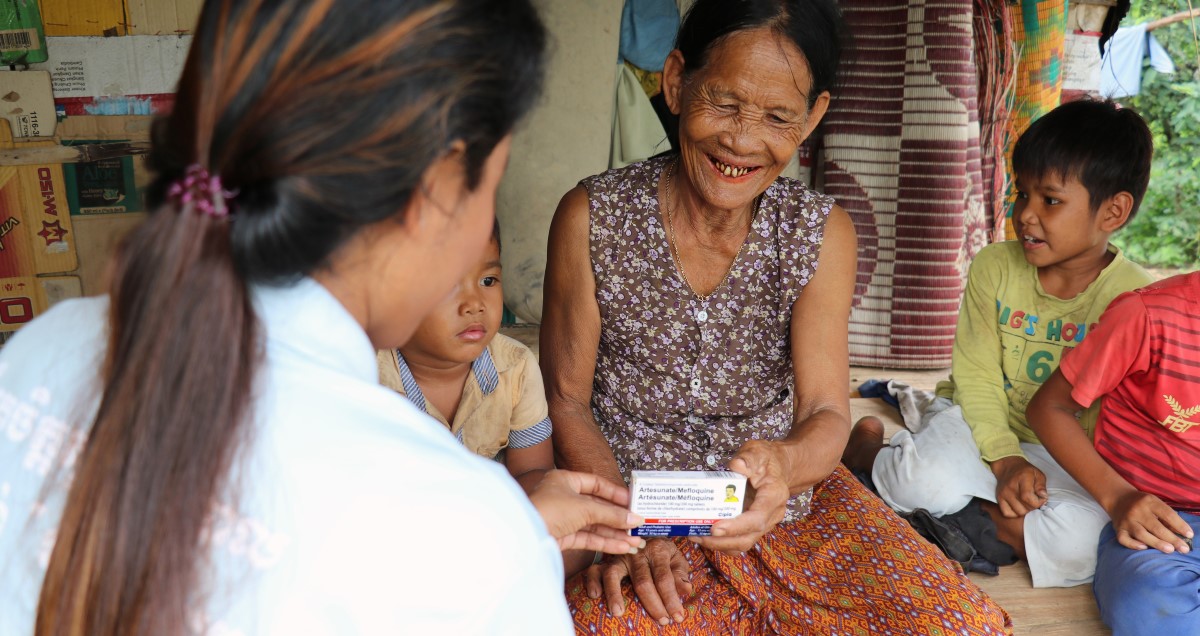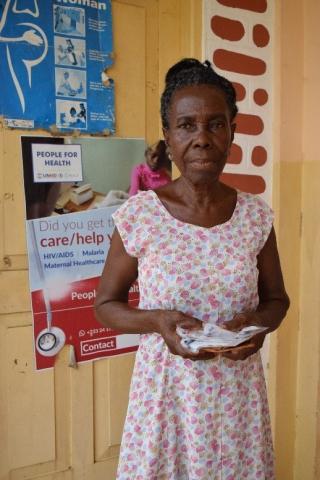In keeping with PMI’s goals of applying international standards, using data for decision-making, and incorporating proven approaches from the private sector to public health programs, in August 2018, GHSC-PSM drew on industry best practices to establish a risk-based approach that would reduce third-party QC testing of the most commonly procured ACTs.
To transition to a risk-based QC model, the project first collaborated with manufacturers through cross-functional teams to perform a statistical trending analysis of ACT QC testing data. Using a scientific, risk-based model that relies on international pharmaceutical standards (ICH Q8-Q12), GHSC-PSM identified and defined potential critical quality attributes (CQA) of ACTs such as the active ingredient content or dissolution properties. The project then used the Failure Modes and Effects Analysis (FMEA) tool to rank the risks, and made a recommendation to PMI on the frequency and methodology for QC testing based on the results of the analysis.
In the first year after implementation, QC testing based on risk identification confirmed quality standards of ACTs, but also decreased the cost associated with testing these medicines. From August 2018 to December 2019, savings on quality testing reached $364,336, cost-savings that will allow PMI to redirect funds to activities such as procuring additional treatments. The activities and approaches used to achieve reduced QC testing can be used as a roadmap for additional products and by other donors in implementing best practices for quality testing strategies.

